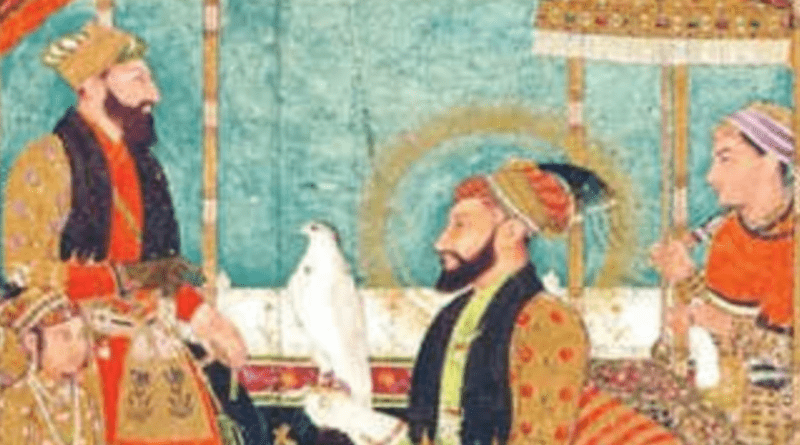Know The Interesting Secrets Of The Mughal Empire.
In northern India, the Mughal Empire brought Muslims and Hindus together during the 16th and 18th centuries, resulting in a polity with a rich cultural heritage.
It thrived as one of the wealthiest and most peaceful empires in history, known for its extravagance and religious tolerance. Its influence endures, having a significant impact on the historical narrative and unique cultural mosaic of India.
History of the Name:
The Persian word “Mugh,” which means Mongol, is where the word “Mughal” originates. The link to the Mongol ancestry stems from Babur, the founder of the Mughal Empire, who was descended from Genghis Khan on his mother’s side and Timur on his father’s.
Permissive Leadership :
Mughal emperors were extraordinarily tolerant of different religions, especially considering that they were Muslims. Particularly well-known for his policy of religious tolerance, Akbar even created the syncretic religion Din-I Ilahi, combining parts of Zoroastrianism, Islam, Hinduism, and Christianity.
Architecture and Art:
The magnificent art and architecture of the Mughal Empire are well known. Emperor Shah Jahan commissioned the Taj Mahal, one of the Seven Wonders of the World, as a tribute to his late wife, Mumtaz Mahal. Other noteworthy architectural accomplishments are the Pakistani Lahore Fort and the Red Fort in Delhi.
Impact on Culinary Arts:
Indian food has been greatly influenced by the Mughals. They brought in a wide range of ingredients and cooking methods, such as the making of rich and aromatic gravies and the use of saffron, almonds, and dried fruits in savory meals.
Literary Contributions:
Poetry, painting, and writing all flourished throughout the Mughal era. Particularly, Akbar supported the arts and created a thriving cultural court where intellectuals, poets, and painters flourished. During this time, the Persian language, in particular, developed.
Financial Well-being:
Among the richest and most potent empires in history was the Mughal Empire. Its economic prosperity was aided by its control over important trade routes like the Silk Road, which allowed the East and West to interchange products and ideas.
Impact on fashion:
The Mughals were renowned for their lavish jewelry and apparel. They brought elaborate embroidery methods that are still widely used in Indian fashion today, like zardozi and aari work.
During this time, the use of opulent materials like velvet and silk also spread widely.
Long-Term Effects on Indian Identity:
The cultural and religious landscape of India was greatly influenced by the Mughal Empire.
Their principles of cultural fusion and religious tolerance laid the groundwork for the diverse and multicultural society that still characterizes contemporary India.




